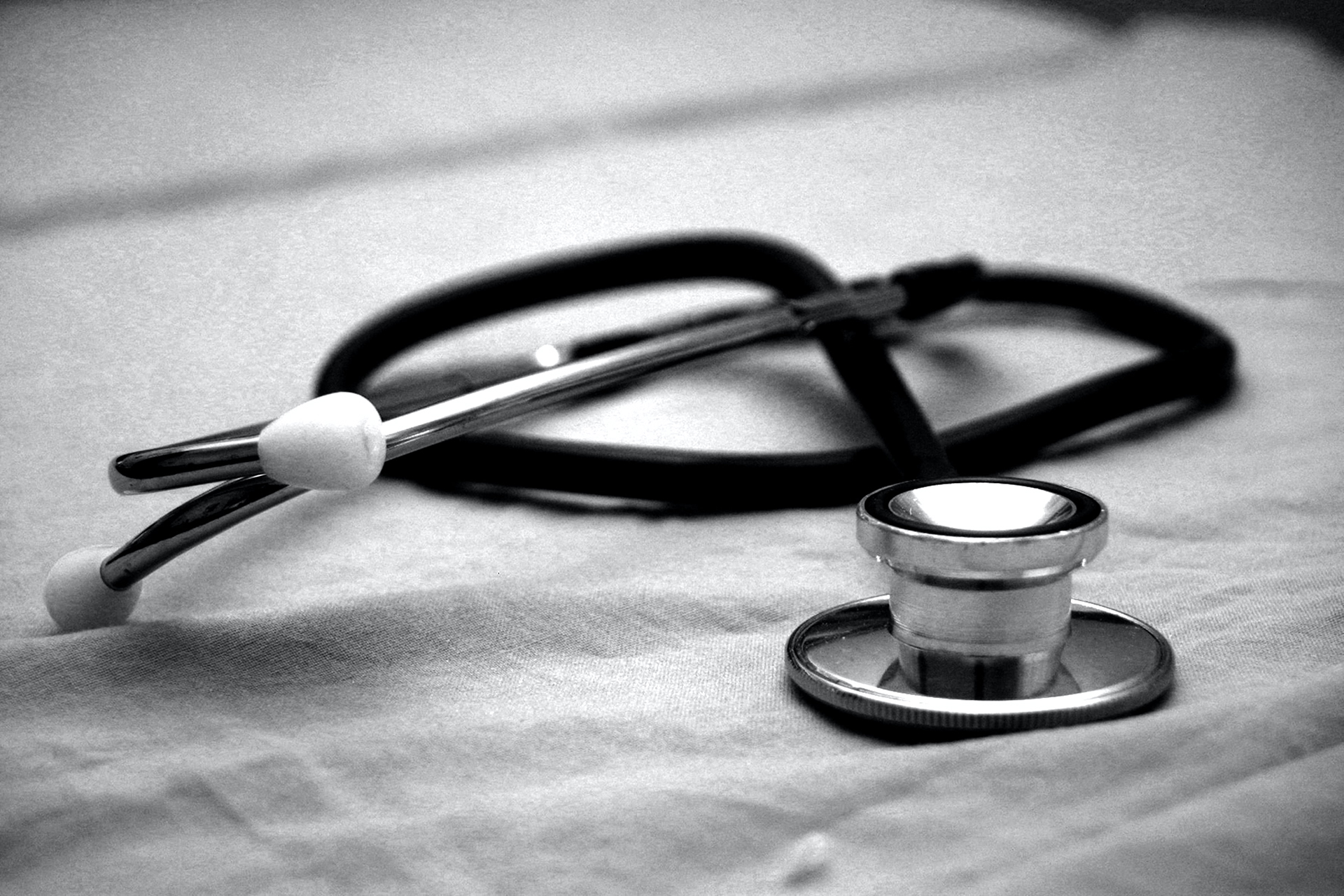Please note that spectacle wearers must have an untinted prescription plus at least one pair of back-up spectacles available, which can be tinted or untinted but must be suitable for the overall light conditions of the entire flight or duty shift.
The information on this page offers guidance on the type of spectacle frame and lenses recommended for use in the aviation environment.
Frame choice
All frames should be well fitting and comfortable. The choice of frame should minimise any effects on peripheral vision. The eye size should not be too small and a frame with a reasonably thin front (for example, metal) and sides should be used. However, for those pilots that may have to use emergency oxygen, such as commercial jet airline pilots, the sides of the spectacles need to be strong enough to be placed under the oxygen mask straps.
For presbyopic pilots/air traffic controllers (ATCOs) with good uncorrected distance vision, reading glasses should be in a 1/2 eye (look-over) style of frame. A full frame reading correction is unacceptable. If a full frame is preferred to 1/2 eyes, a multifocal lens must be used. For radar only ATCOs, a full frame single vision near correction may be acceptable.
Lens choice
Most spectacle lenses prescribed are made from a plastic material. These have a weight and a safety advantage over glass lenses. A hard coating is always recommended. Anti-reflection coatings reduce the intensity of reflections from the lens surfaces and allow a higher percentage of light to pass through the lens. These are compatible with aviation use.
Evidence demonstrates that a proportion of airline cockpit windshields in use transmit some ultraviolet (UV) radiation. Whilst this radiation will not cause sun tanning or sunburn to the skin, it can result in a significant ultraviolet (UV) exposure to the eyes during flight. A lens material that blocks UV or a UV blocking coating is recommended for pilots. There is no evidence that blue light hazard exposure in flight is such that blue light hazard filters or coatings are required.
High index lenses are recommended for stronger spectacle prescriptions.
There is further information available on the use of sunglasses by pilots, and on bifocal and varifocal lenses in the guidance for reading glasses or presbyopic correction.

